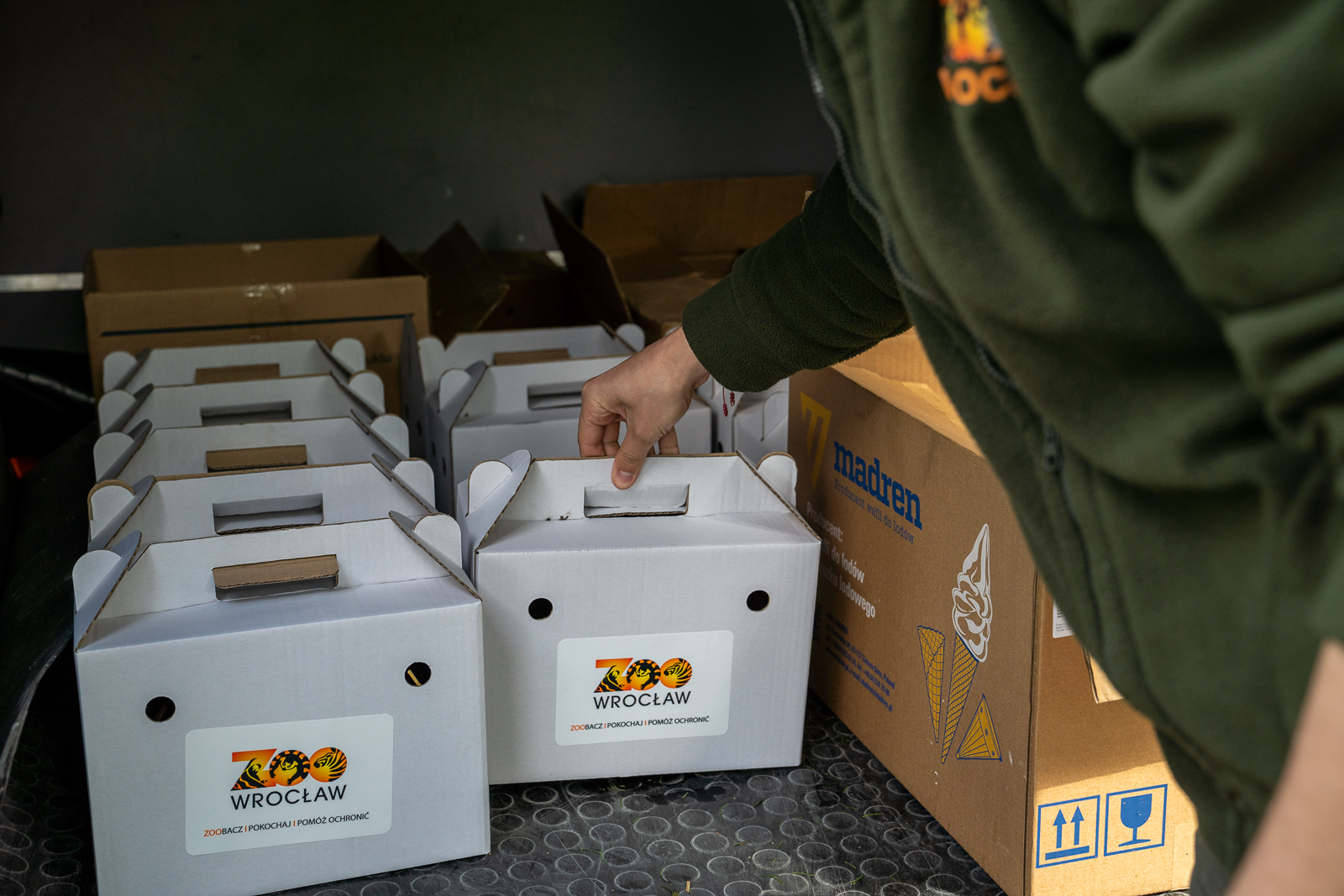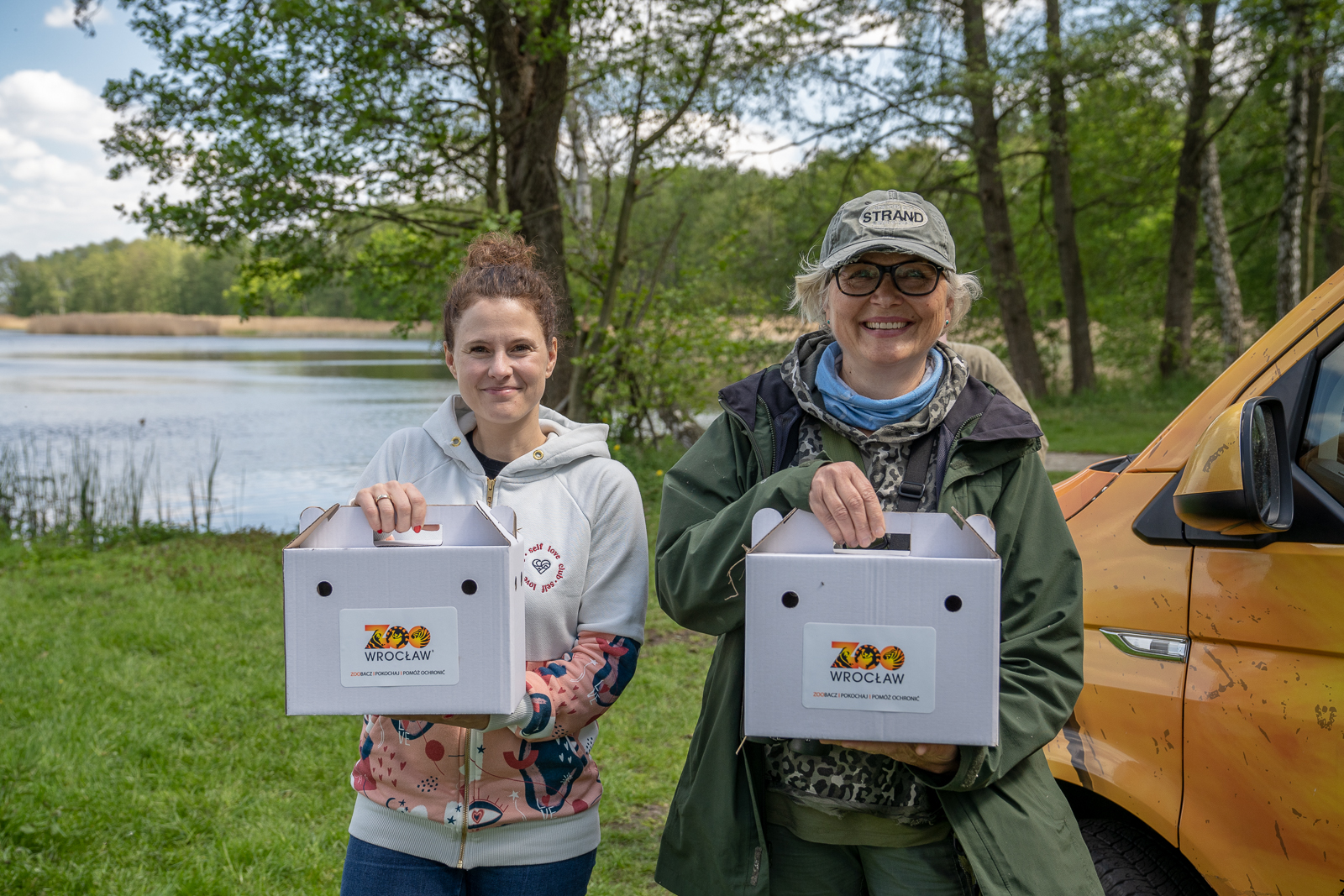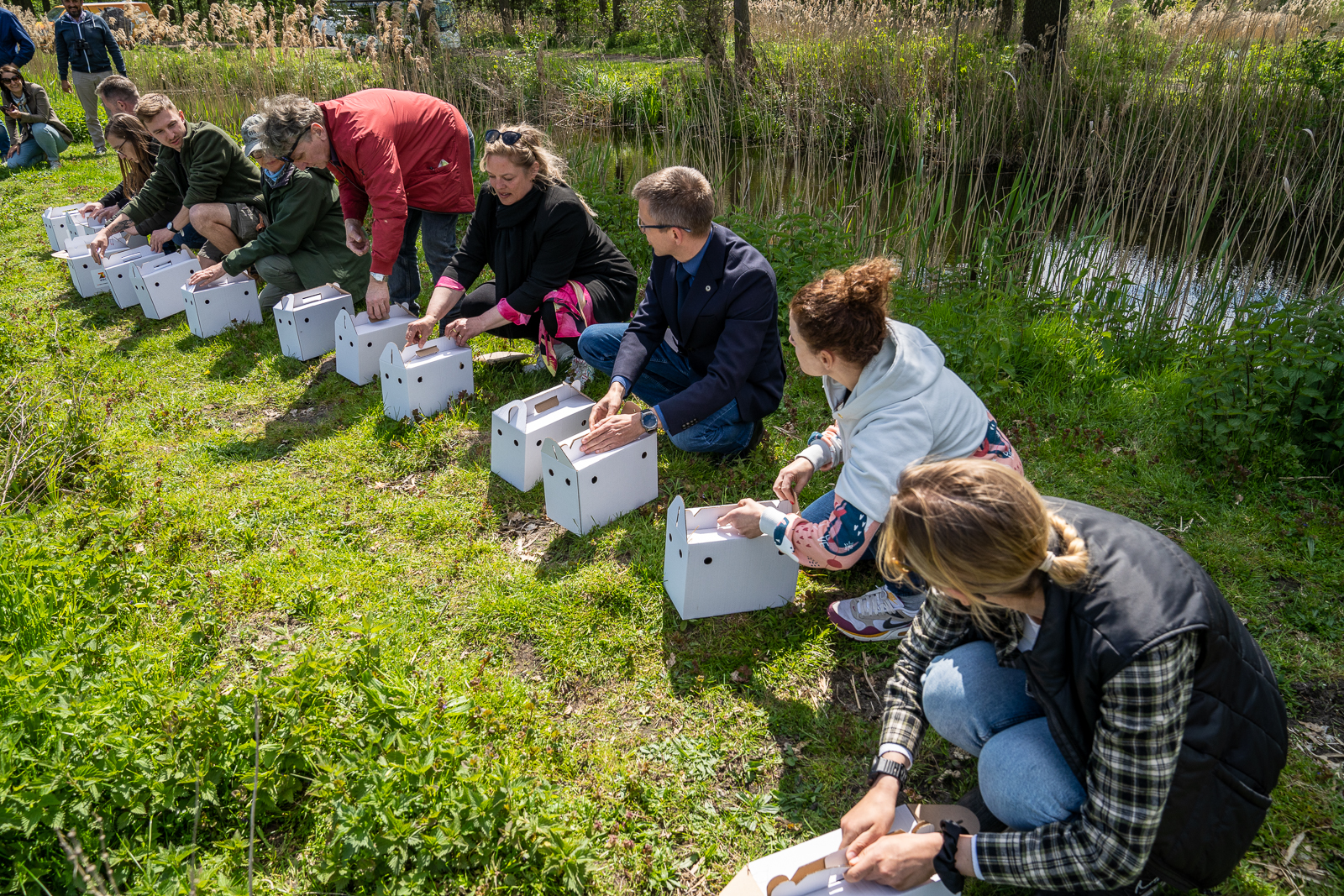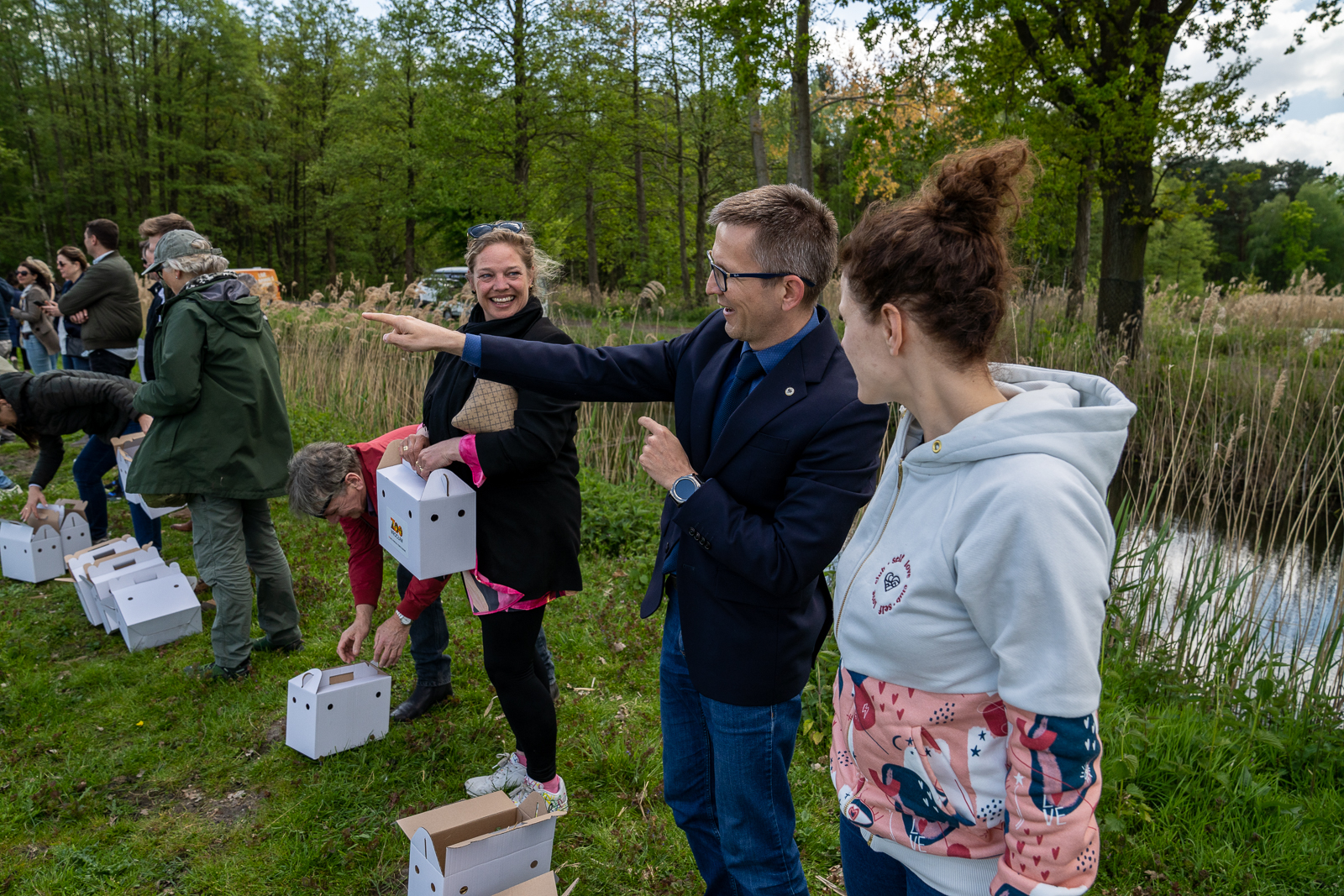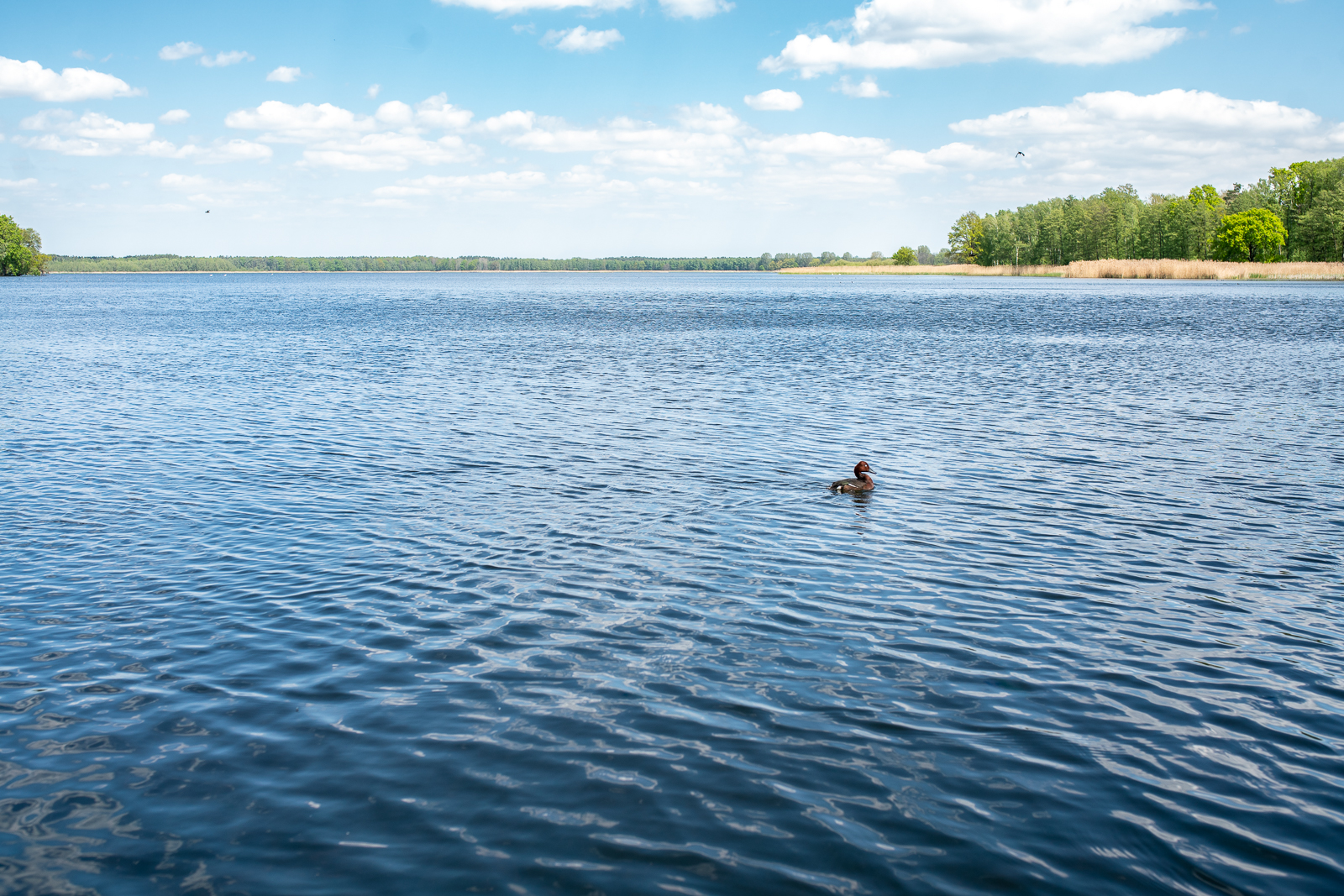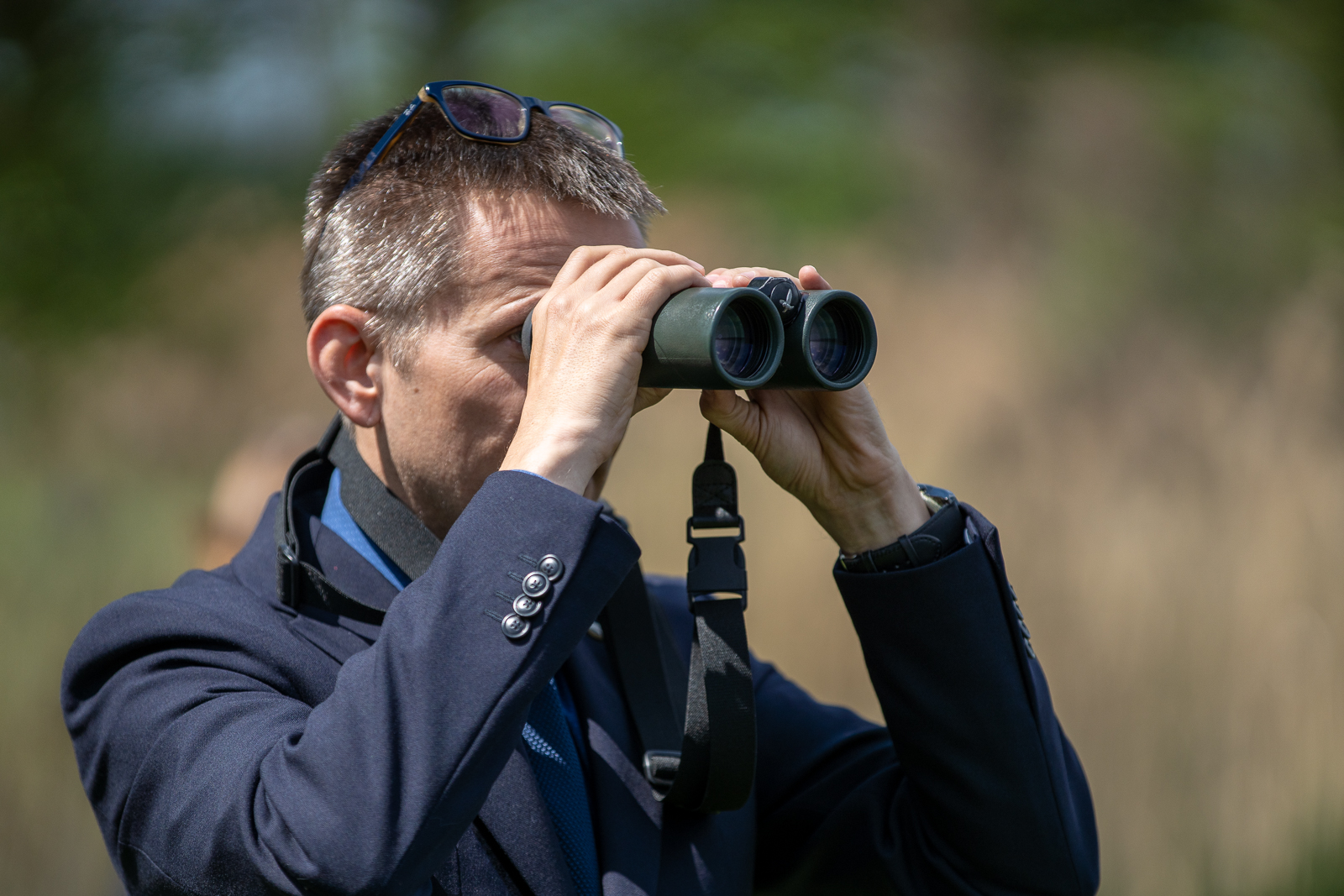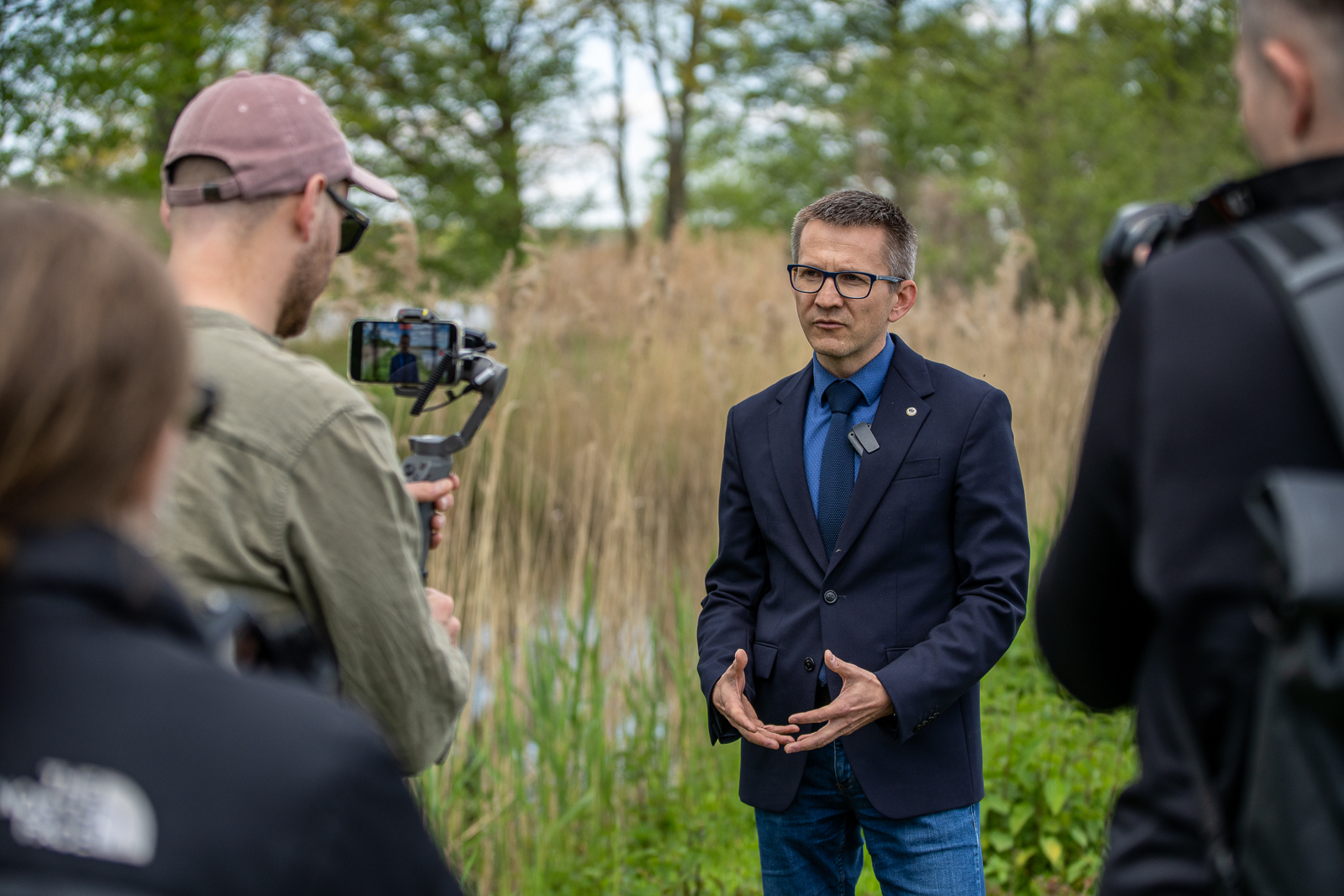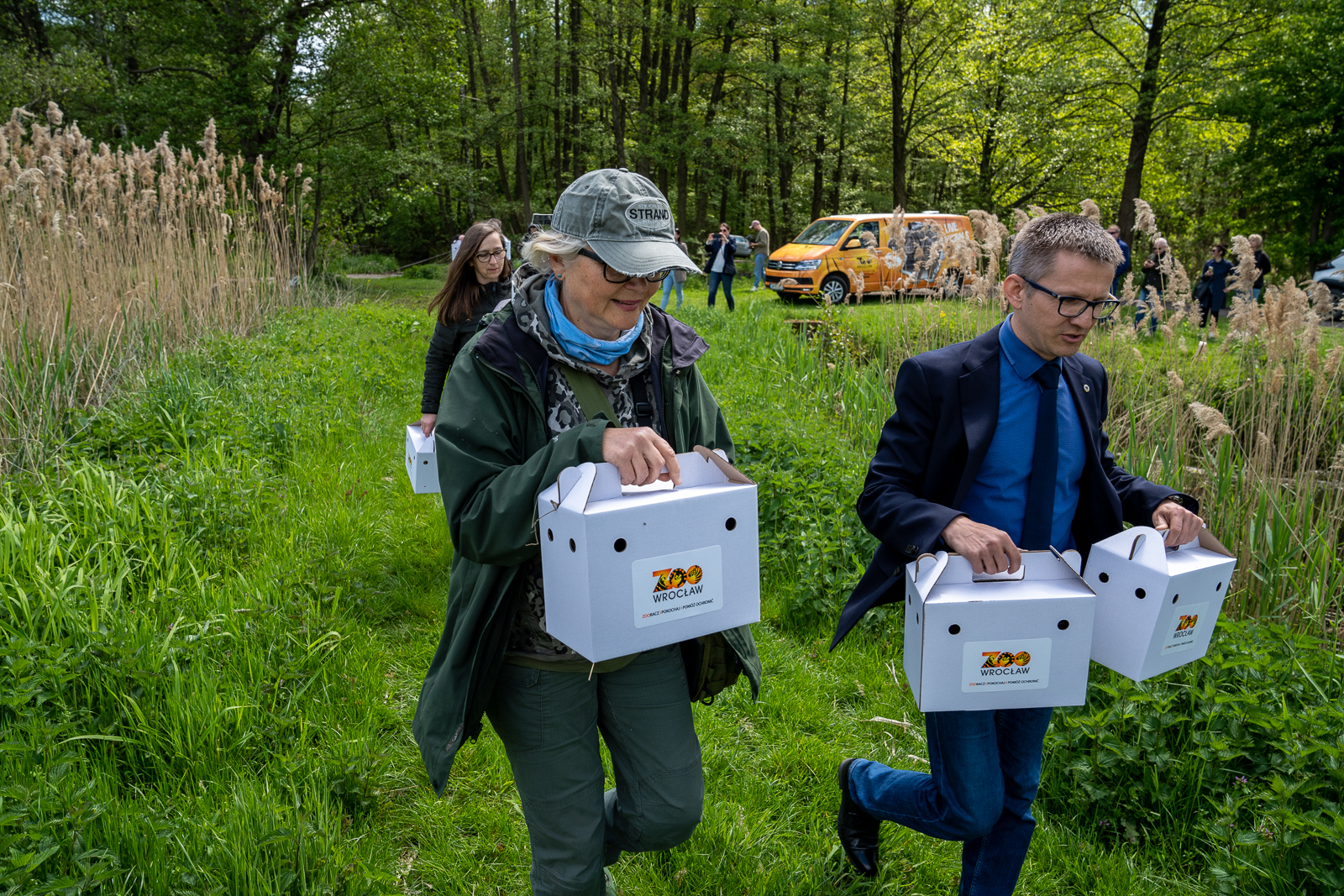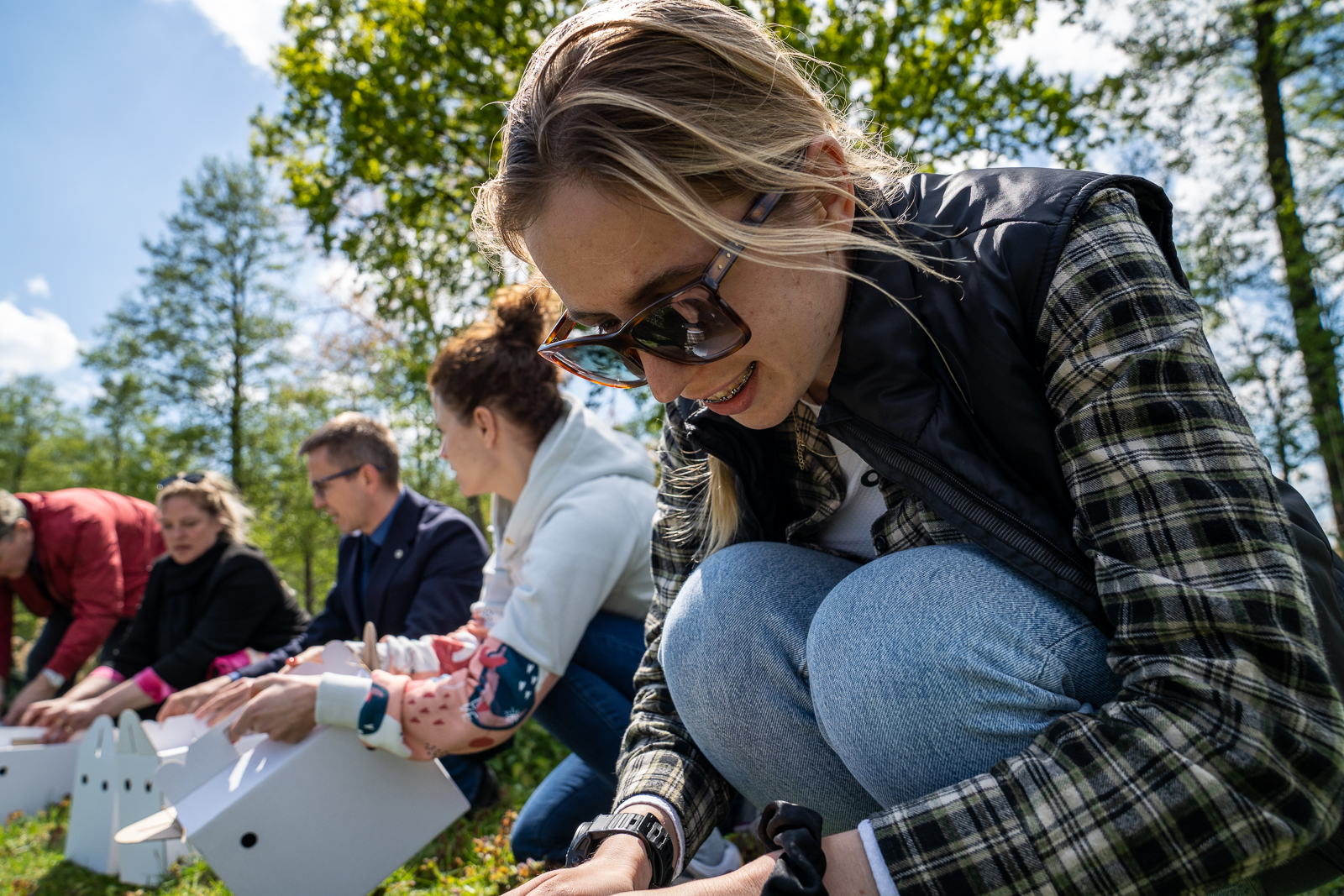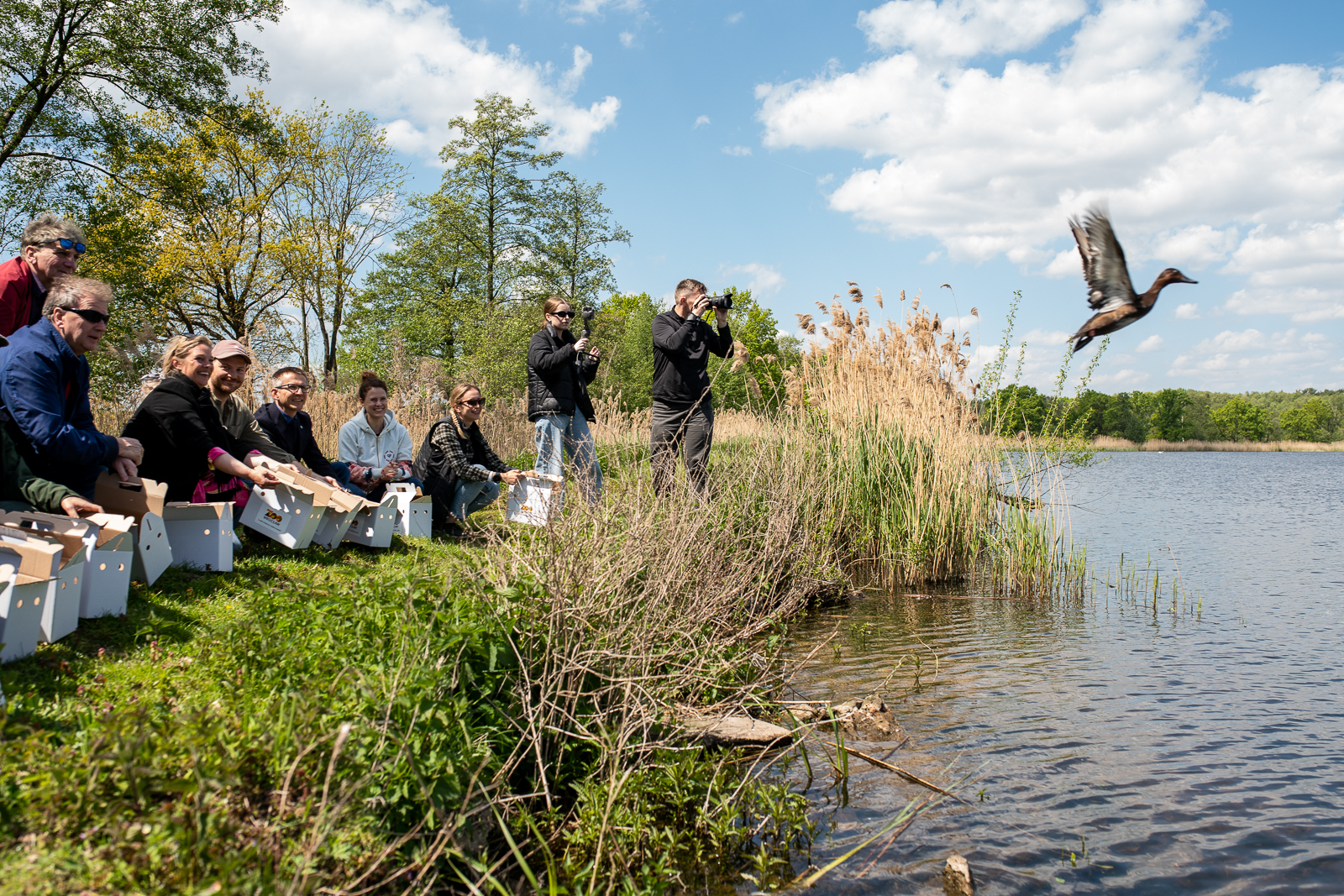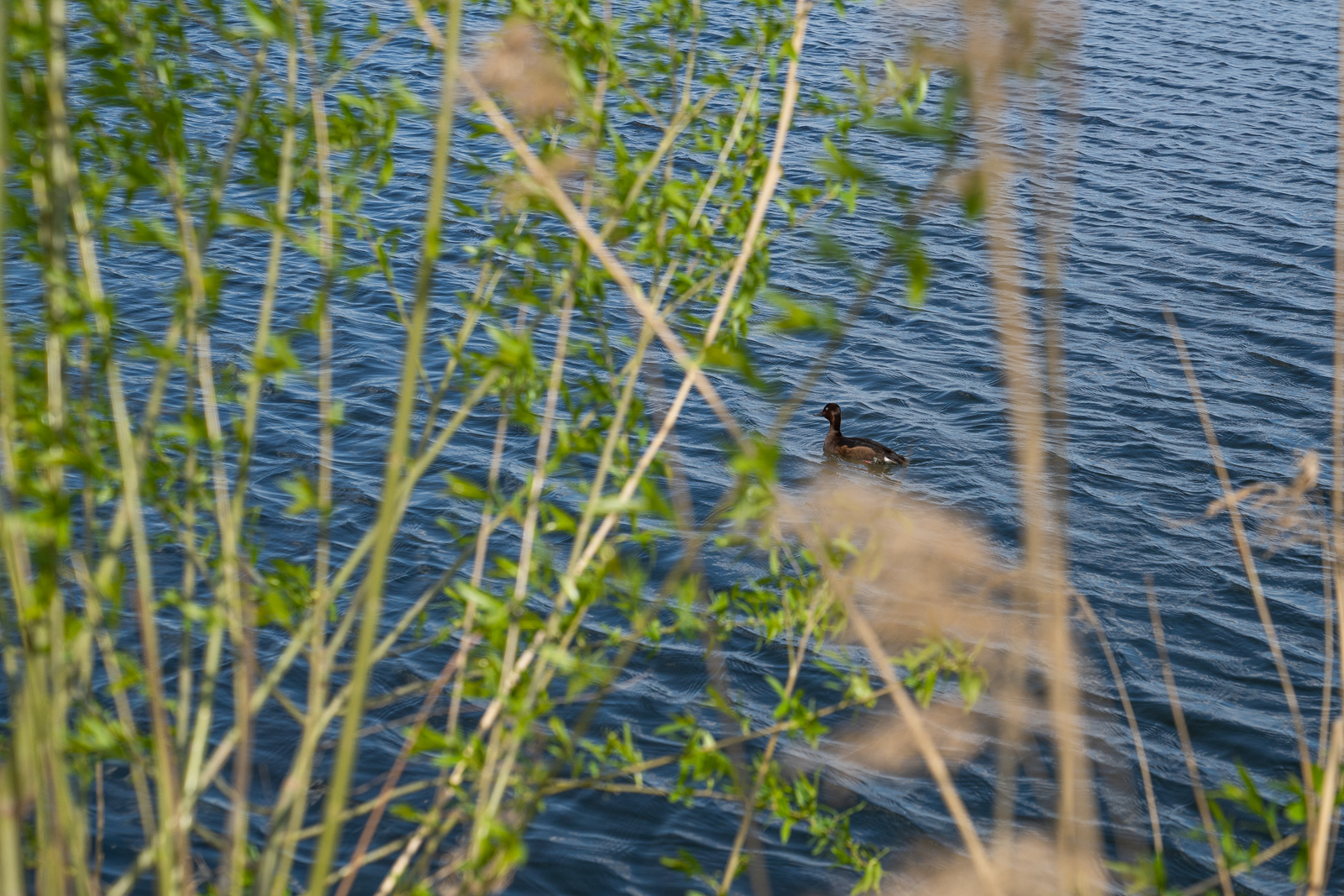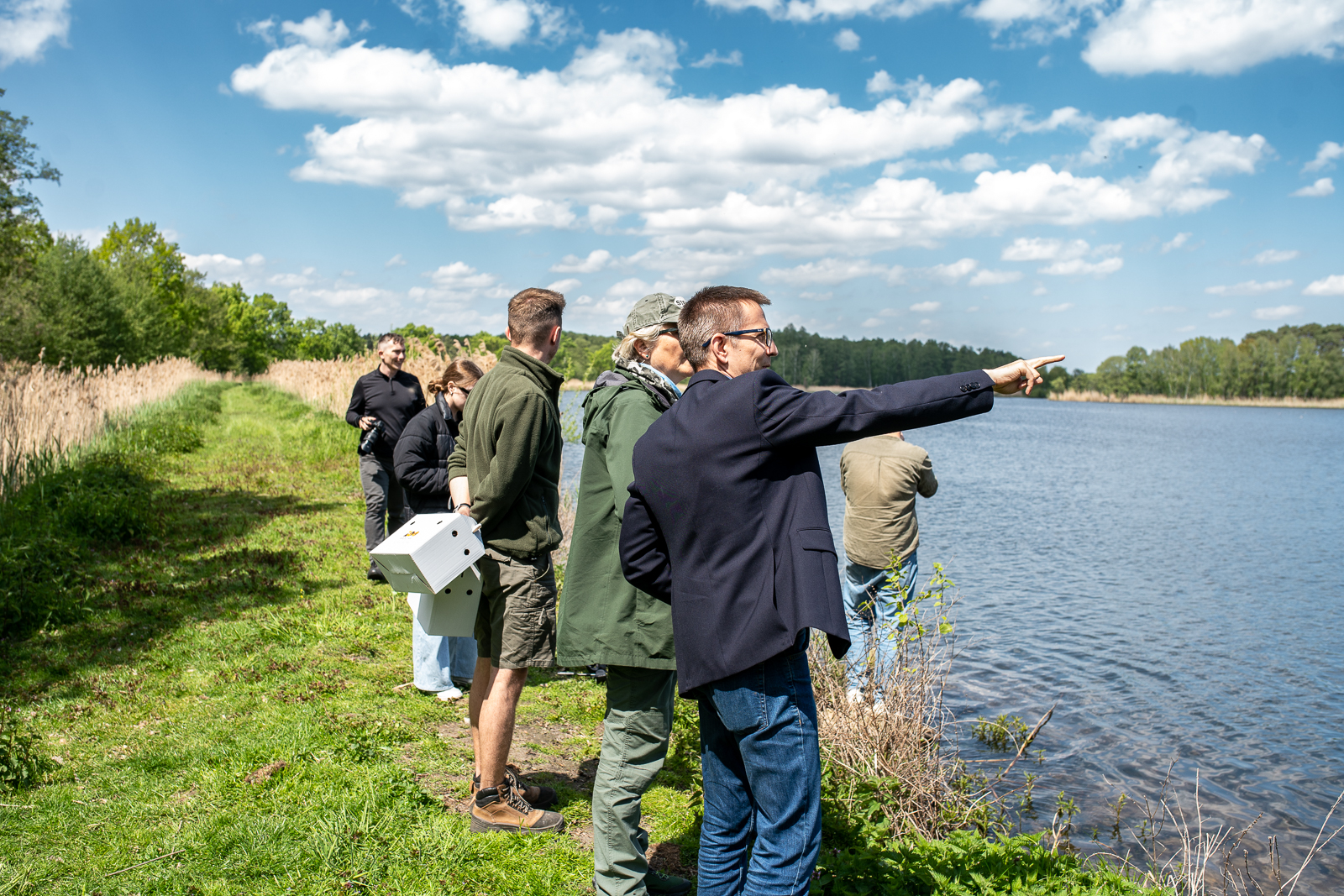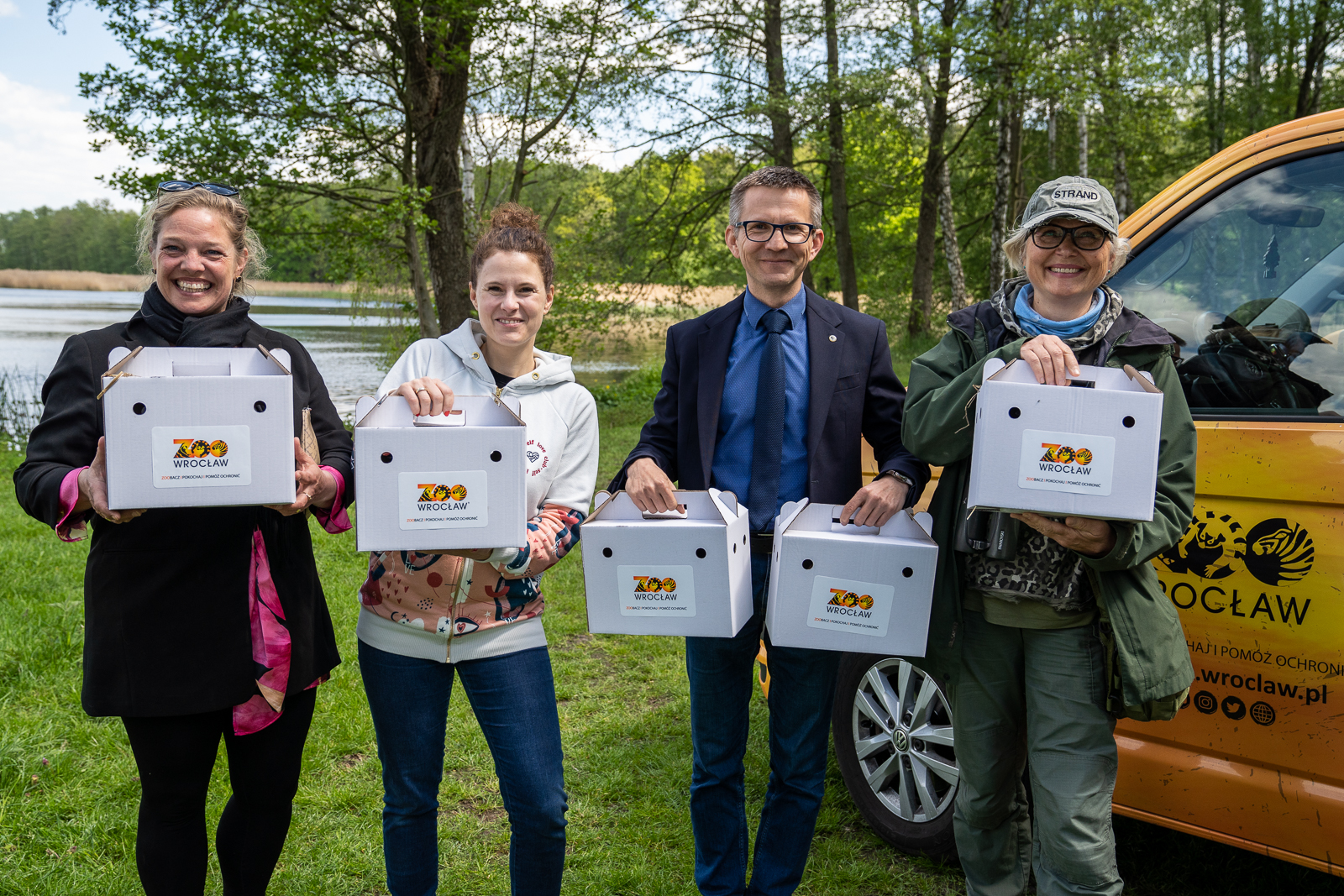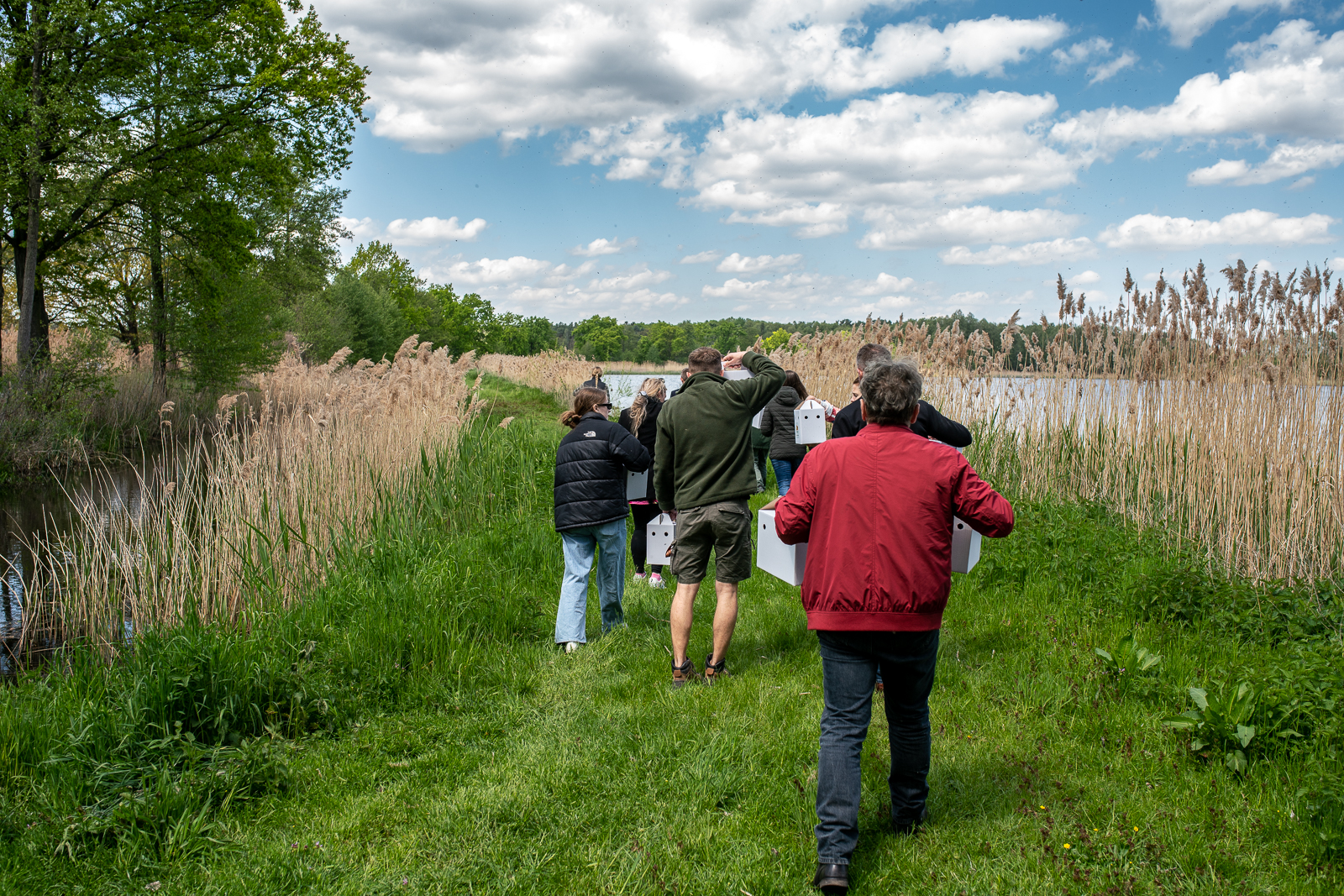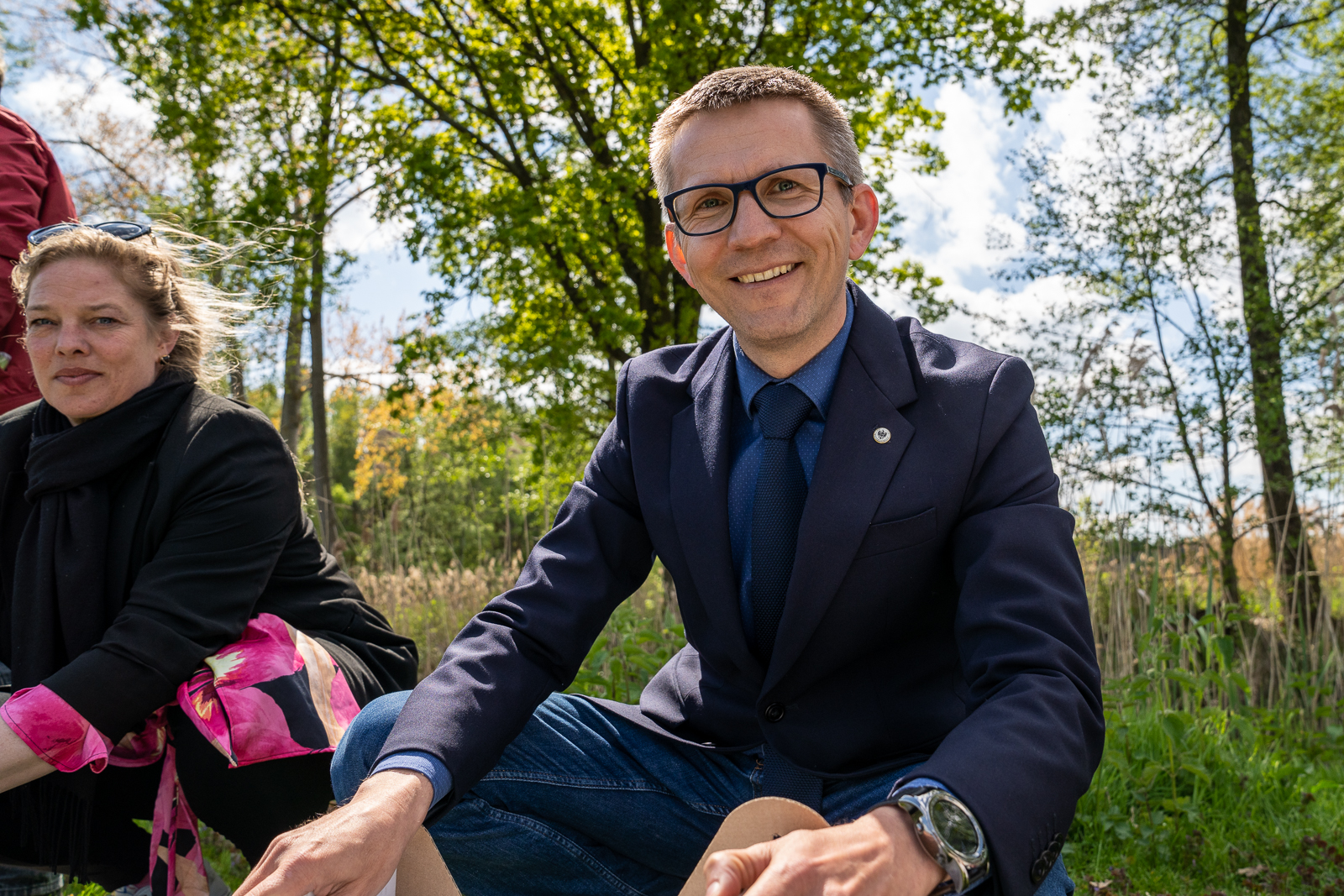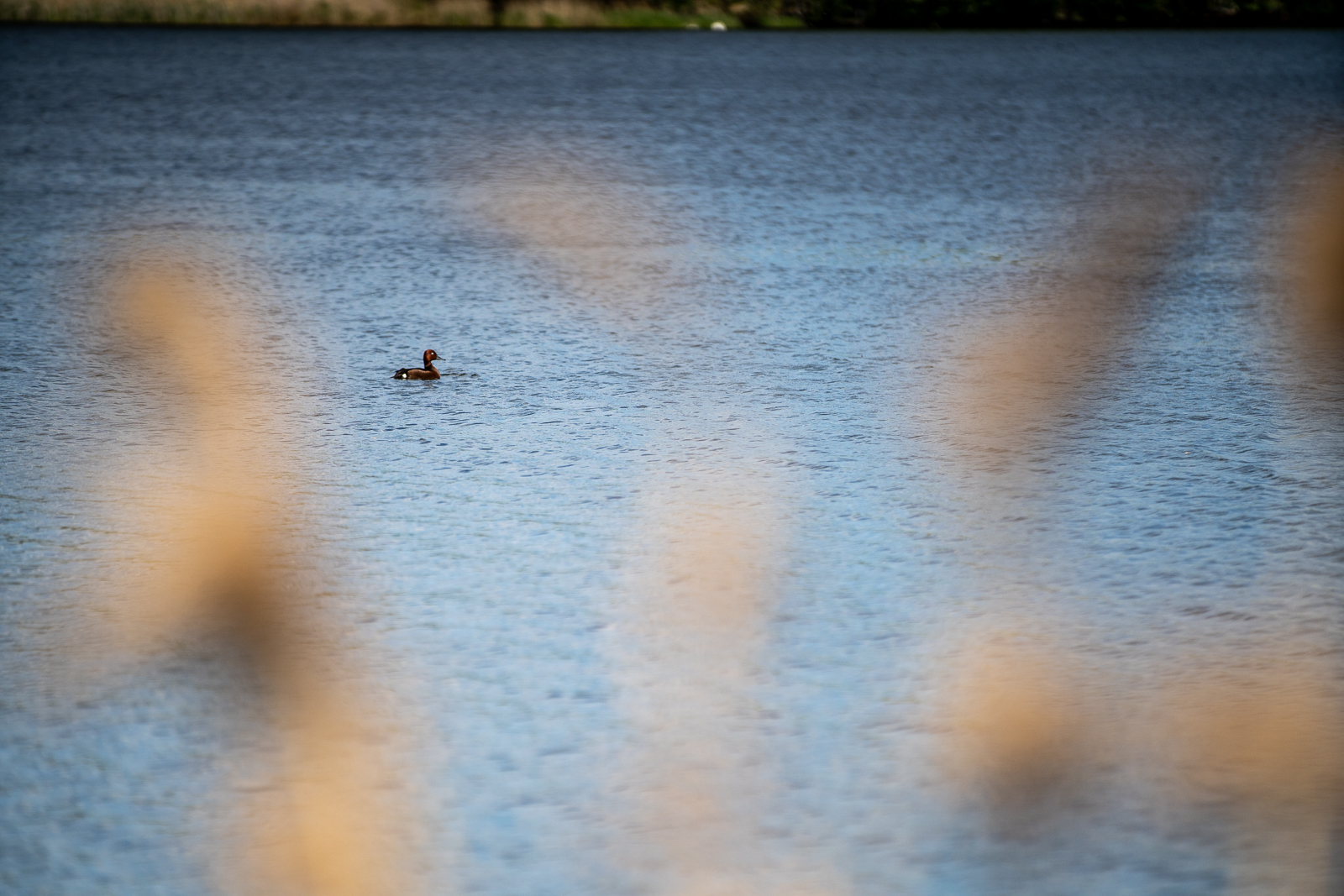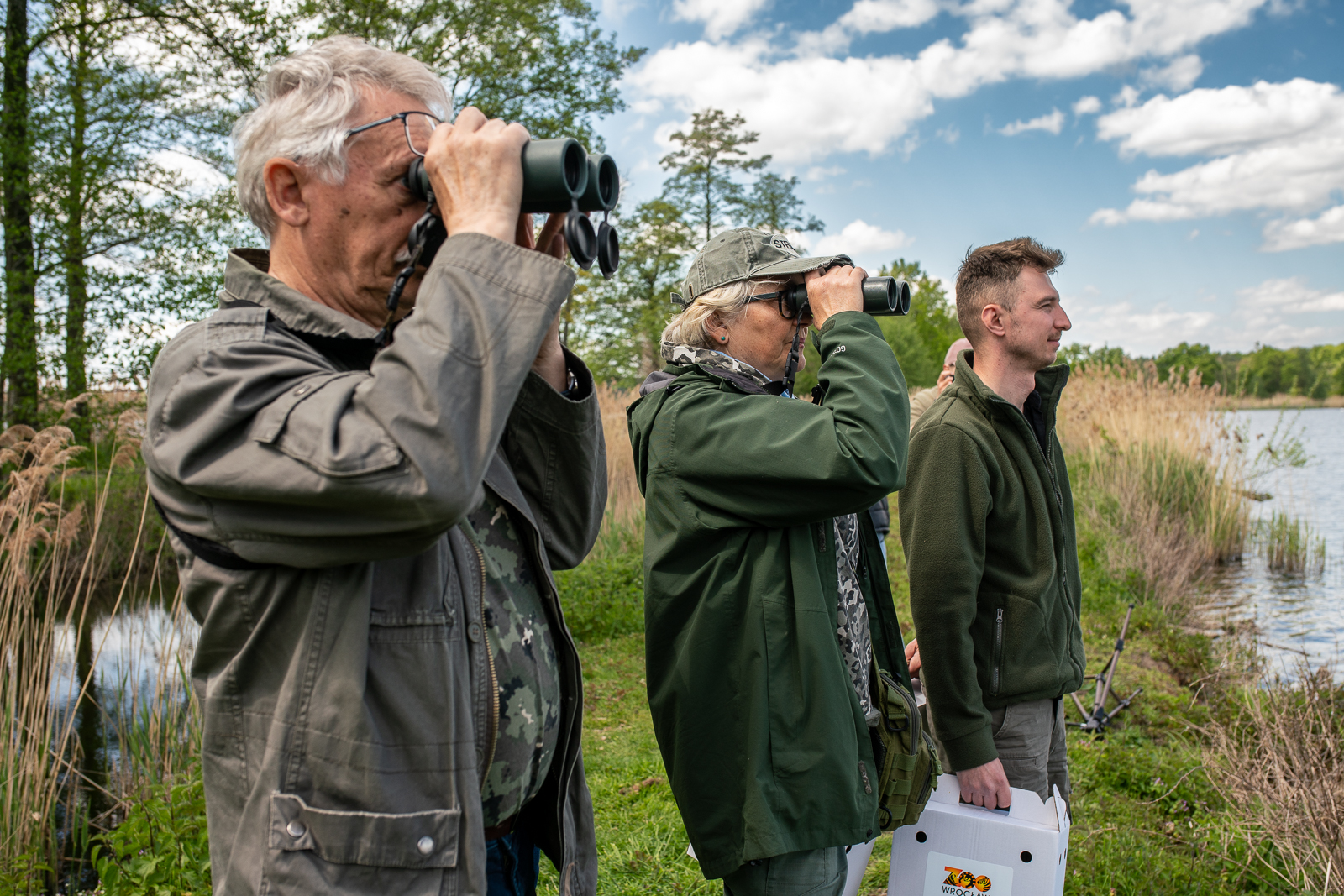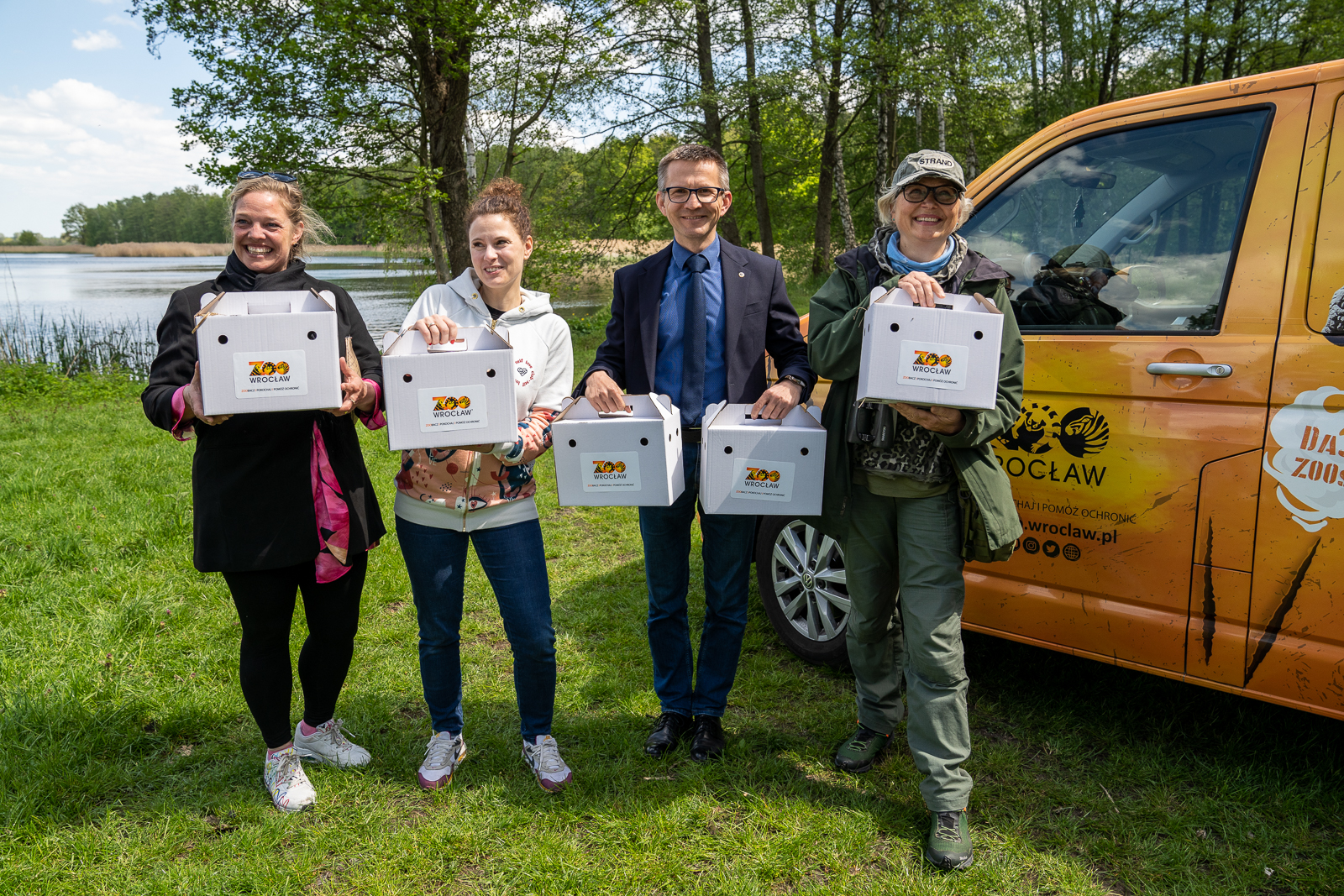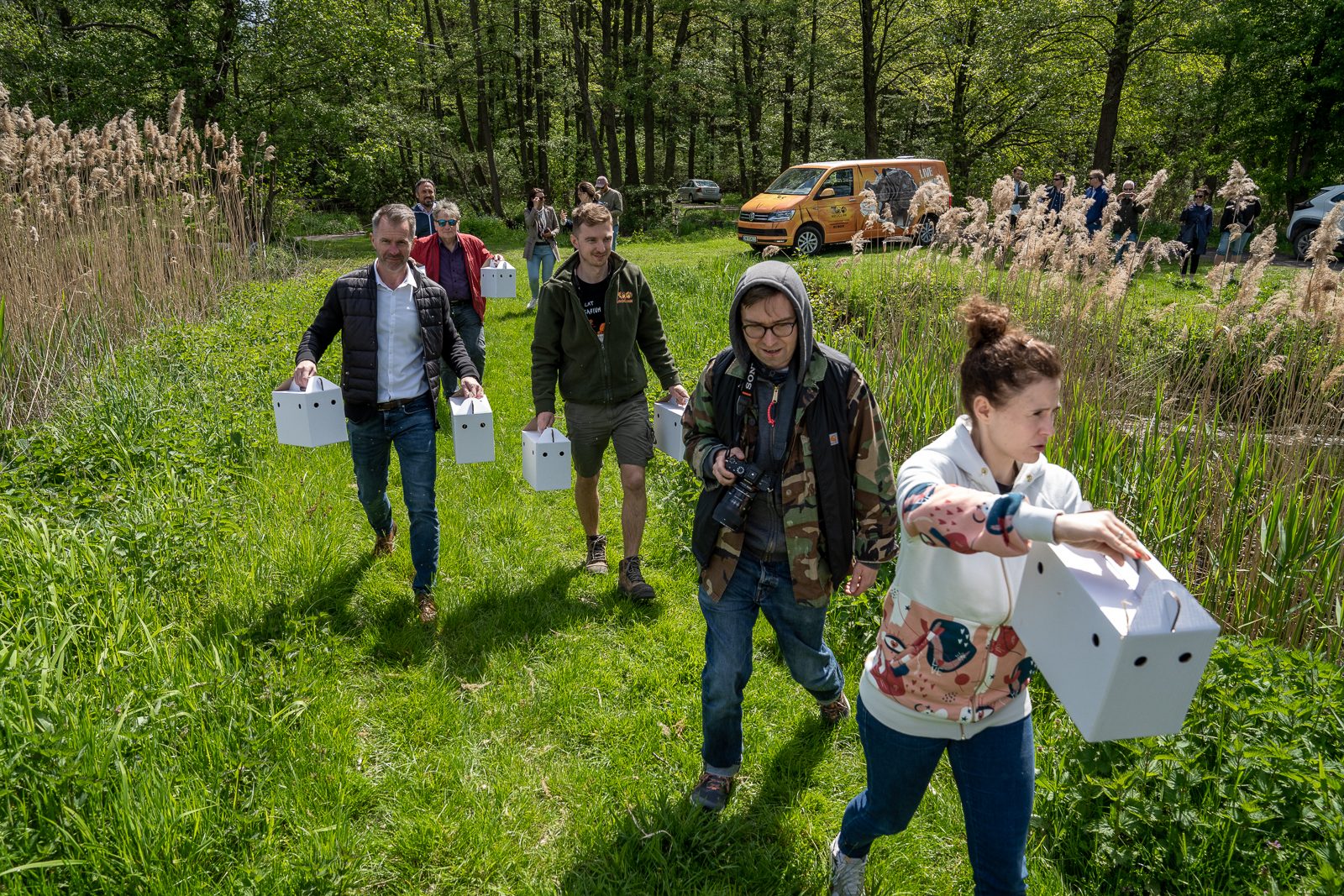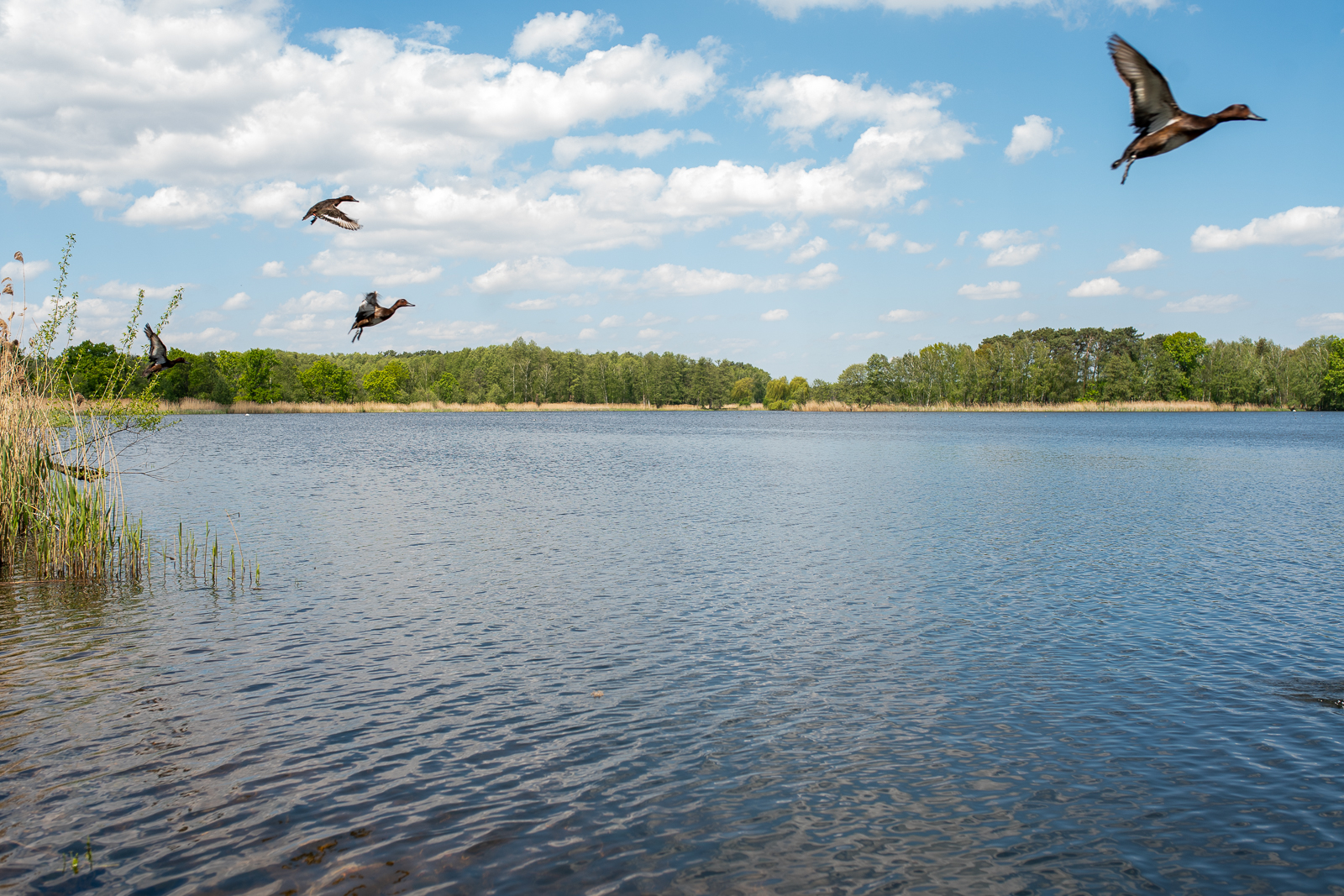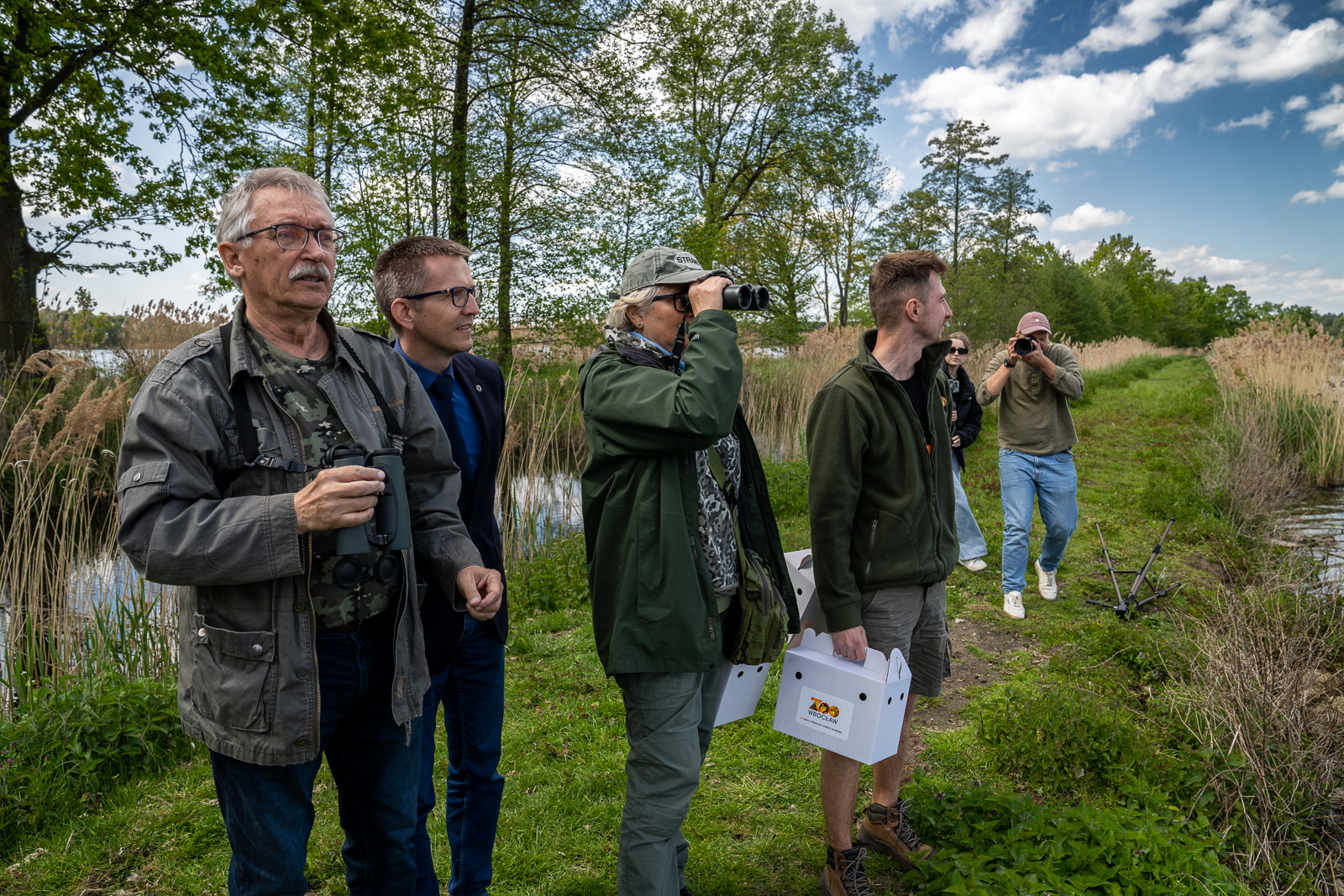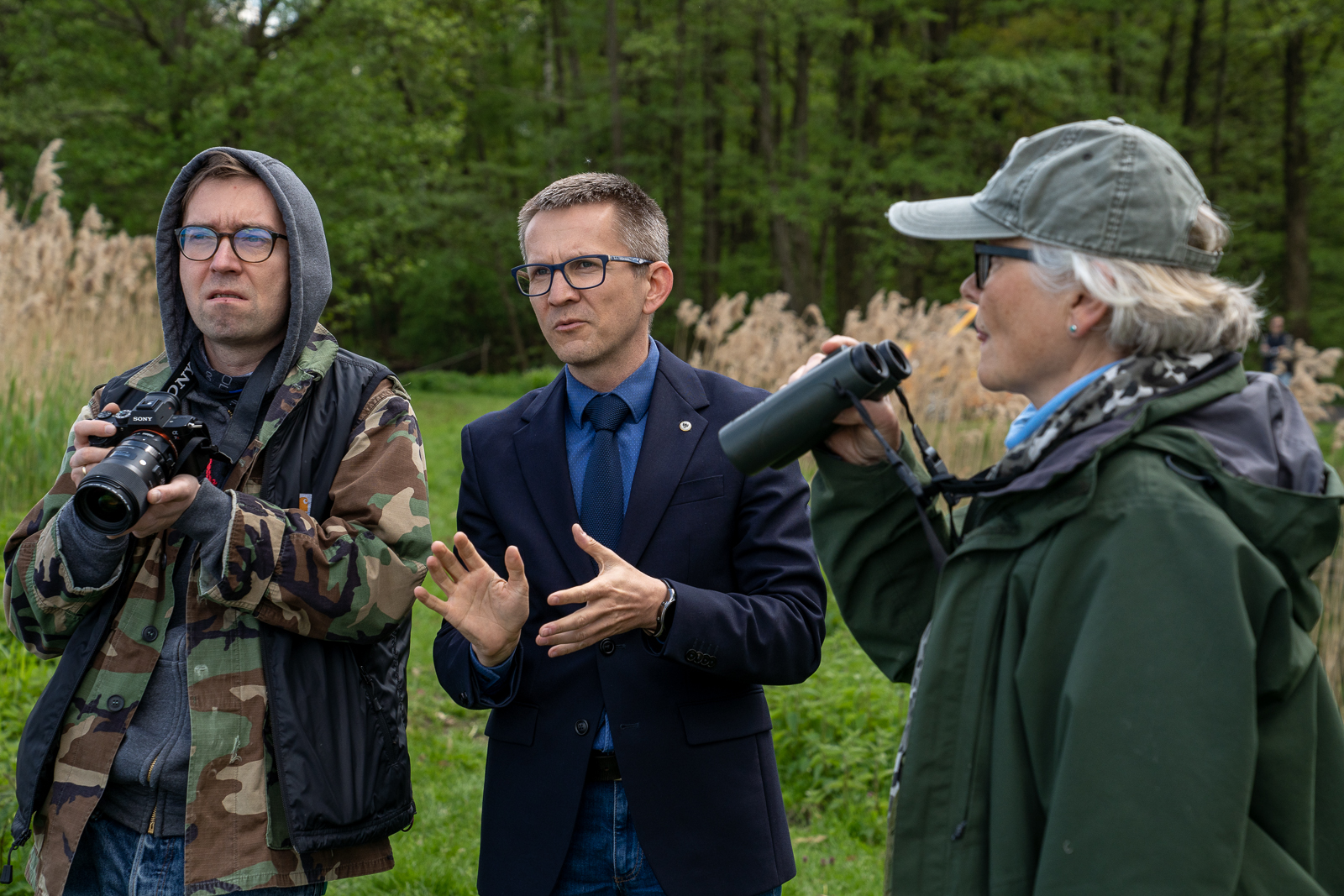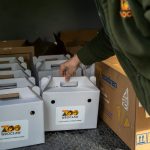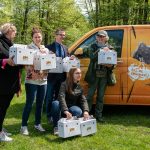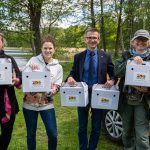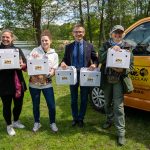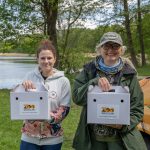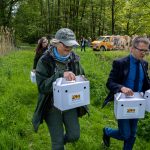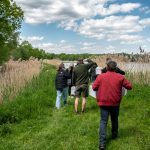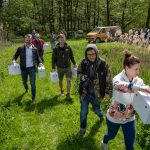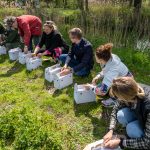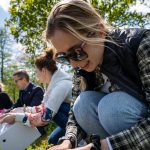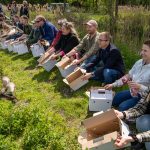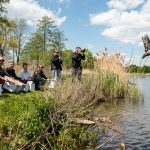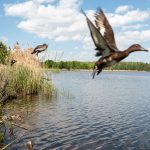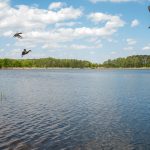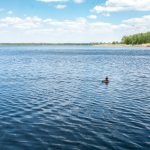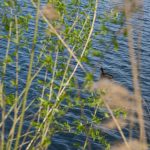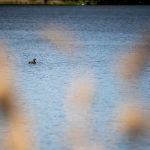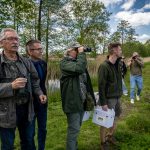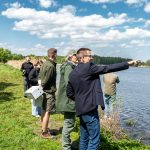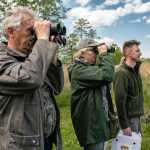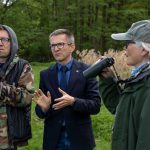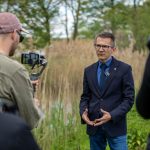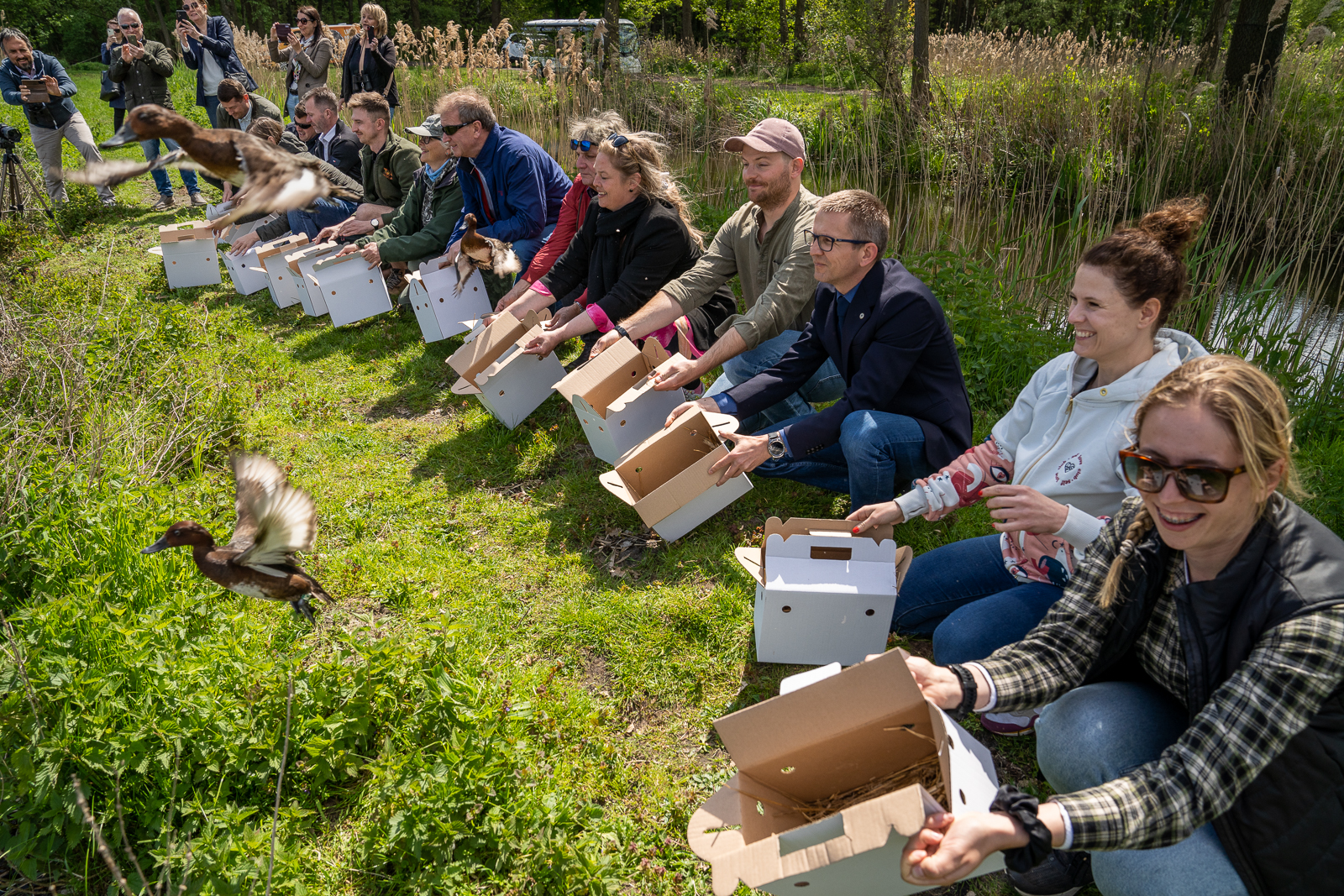
Save the ferruginous ducks
“Projekt Podgorzałka” is a joint action of the University of Wrocław, the Wrocław Zoo and Stawy Milickie S.A. The goal is clear: to increase the number of this species of duck in Lower Silesia. We want them to be several times more numerous in a few years than now. A year ago, we brought the first specimens of this endangered bird species to the Stawy Milickie reserve. In total, we brought 22 ducks back to nature: some of them from the breeding of the Wrocław Zoo, and the rest from the zoos in Bratislava, Slovakia and from Tierpark Berlin, Germany.
On May 10, more ducks swam to the wide waters of the Stawy Milickie reserve. 15 animals from zoos in Berlin, Bratislava, and Budapest were released into the ponds.
According to the Polish Red Data Book of Animals, ferruginous has the status of “vulnerable to extinction”. The population of these ducks in Poland in 2018-2020 was estimated at only 100-130 pairs, which is a few times less than several decades ago.
Over 90 percent of ferruginous breeding grounds are fish ponds. The main threat to this species is the loss of habitats, destruction of wetlands, reconstruction and regulation of reservoirs, droughts, but also predators, including invasive species, e.g. American mink, raccoon, and raccoon dog. Although ferruginous is not a game bird, hunting is also a significant threat to it.
Due to the small number of ferruginous in Poland and neighboring countries, the best way to maintain this species is to supplement the population with birds from breeding. The program of reintroduction of ferruginous ferrets from zoos, which has been implemented for a year, will continue for another 4 years. During this time, even several hundred of them can reach the Stawy Milickie reserve. This is a measurable effect of cooperation between the Wrocław Zoo and the University of Wrocław. And the pillar of this cooperation is the Faculty of Biological Sciences.
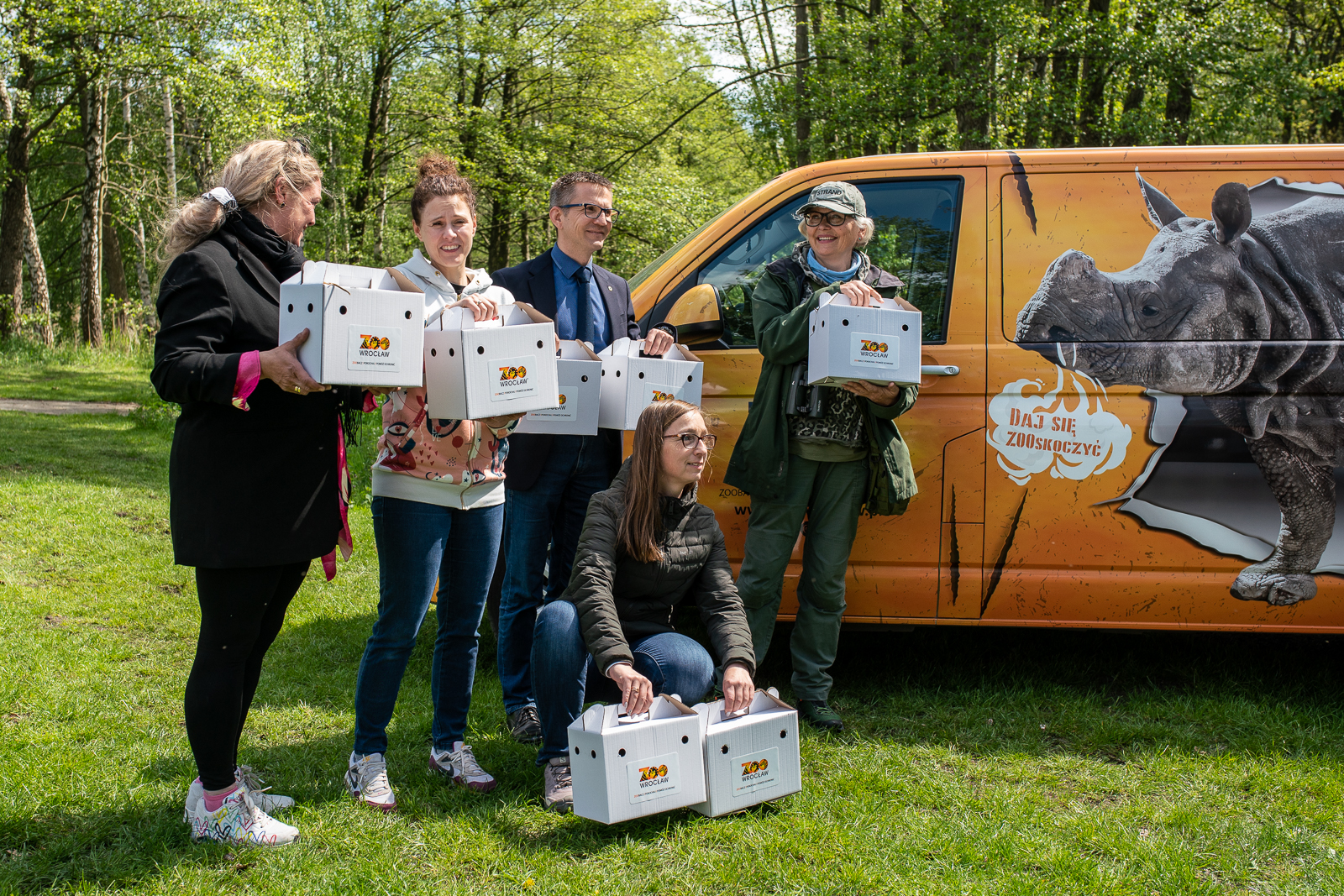
– Yesterday’s action is proof that the employees of the Faculty of Biological Sciences of the University of Wrocław are involved in the protection of species. Knowledge about the biology and ecology of animals translates into specific activities aimed at preserving not only local biodiversity. Stawy Milickie S.A. is the host of this area, important for the protection of local biodiversity. If it hadn’t been for the openness of the Management Board of the host, the activities we have undertaken wouldn’t have been possible. The continuation of last year’s activities is a great success based on the cooperation and trust of three different institutions – says dr hab. inż. Marcin Kadej, prof. At the University of Wrocław, Dean of the Faculty of Biological Sciences of the University of Wrocław, project coordinator on behalf of the University of Wrocław.
Cooperation with scientists is one of the elements of the mission of modern zoos. The “Projekt Podgorzałka” currently involves the cooperation of four zoological gardens – in Wrocław, Bratislava, Budapest, and Berlin – and of the University of Wrocław, and Stawy Milickie S.A. It has a regional scope, but interest in participating in it is growing. – More Polish zoological gardens from Opole, Chorzów, Bydgoszcz, and Gdańsk, as well as foreign ones from France and Great Britain, contact us. This is a perfect example that together we can do more, and the goal is to rebuild the population of the local species – highlights Marta Zając-Ossowska, Director of the Education Department at the Wrocław Zoo, project coordinator on behalf of the Wrocław Zoo. The ferruginous (Aythya nyroca) is our native species, whose area of occurrence covers central and eastern Europe, northern Africa, and central Asia. It is a migratory bird – it spends the winter mainly outside Europe. They live in shallow reservoirs rich in vegetation and invertebrates, for which they dive. Although they are omnivorous, their diet is dominated by plant material such as seeds, roots, and aquatic plants. They would not reject molluscs (snails) or insects, amphibians, and small fish also. Ferruginous ducks dive very well, as do other diving ducks in contrast to seawaters (swimming ducks).
Photos: Paweł Piotrowski, Łukasz Walawender/Communication Department of the University of Wrocław
Translated by Milena Topolska (student of English Studies at the University of Wrocław) as part of the translation practice.
